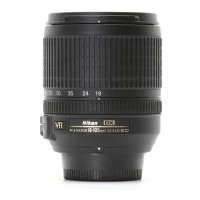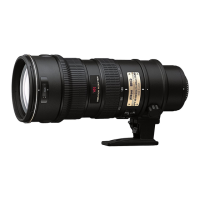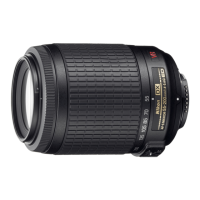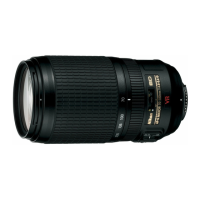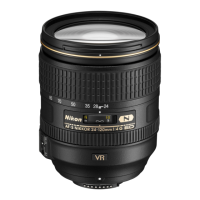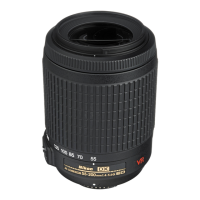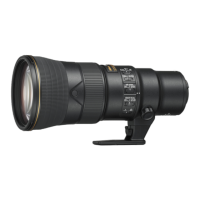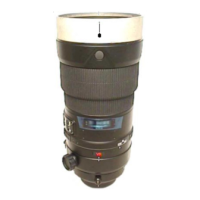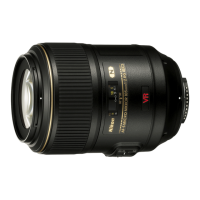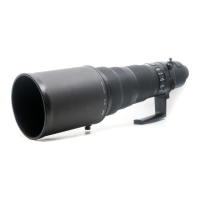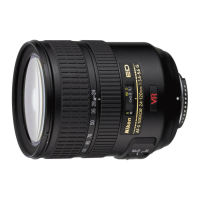
Do you have a question about the Nikon AF-S VR Zoom-Nikkor ED 24-120mm f/3.5-5.6G IF and is the answer not in the manual?
| Focal Length | 24-120mm |
|---|---|
| Maximum Aperture | f/3.5-5.6 |
| Lens Construction | 15 elements in 13 groups |
| Filter Size | 72mm |
| Lens Mount | Nikon F |
| Diaphragm Blades | 7 |
| Format Compatibility | FX/35mm |
| Weight | 575g (20.3 oz) |
| Image Stabilization | Yes |
| Autofocus | Yes |
| Minimum Focus Distance | 0.5m (1.64 ft) |
| Dimensions | 77.5 x 94.5 mm |
Main product model and specifications for repair.
Assembly of aperture housing and VR unit.
Setting up the lens alignment equipment.
Adjusting X- and Y-lines with the line generator.
Adjusting back-focus using washer thickness.
Steps to adjust MR duty using software and oscilloscope.
Performing automatic adjustment for frequency/motor control.
Steps for manual adjustment if automatic fails.
Inspecting lens operations via PC.
Verifying switch operations and lens status.
Key adjustments for main PCB, SWM, or MR encoder.
Process for writing fixed values to EEPROM.
Steps to adjust MR duty via software.
Performing automatic adjustment for frequency/motor control.
Conducting low-speed adjustment.
Conducting high-speed adjustment.
Verifying MR encoder operation results.
Inspecting how accurately the lens stops driving.
Measuring the time taken for lens driving.
Actions to take after inspection based on results.
Setting up the VR lens adjustment equipment.
Checking the VR mode switch status.
Adjusting VCM polarity and writing compensation.
Adjusting the laser switch for gyro calibration.
Initial check of VR unit control and causes of failure.
Assessing VR performance based on vibration reduction.
Preparing tools and software for aberration compensation.
Guide to creating the test chart.
Configuring camera and software for data writing.

